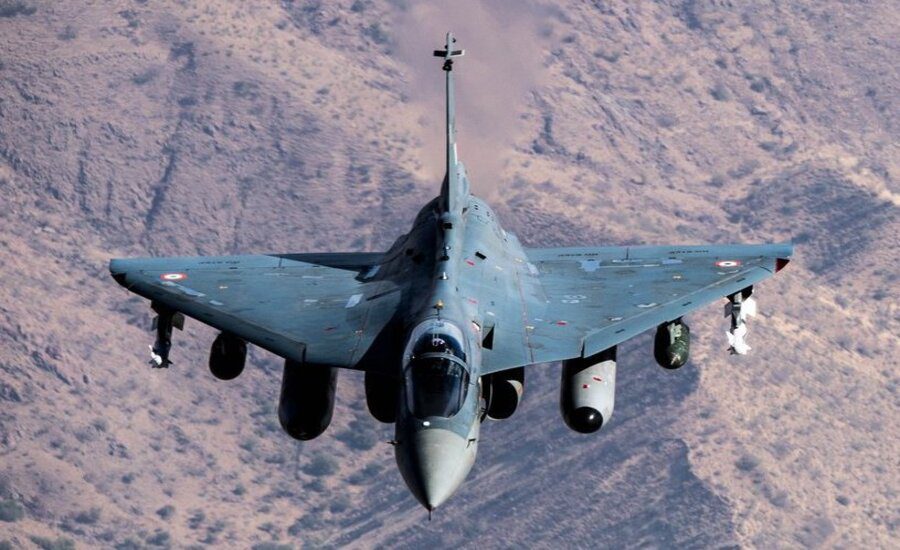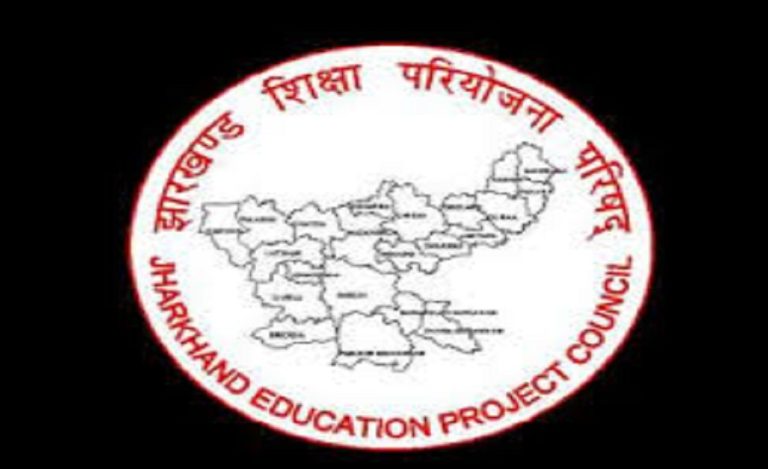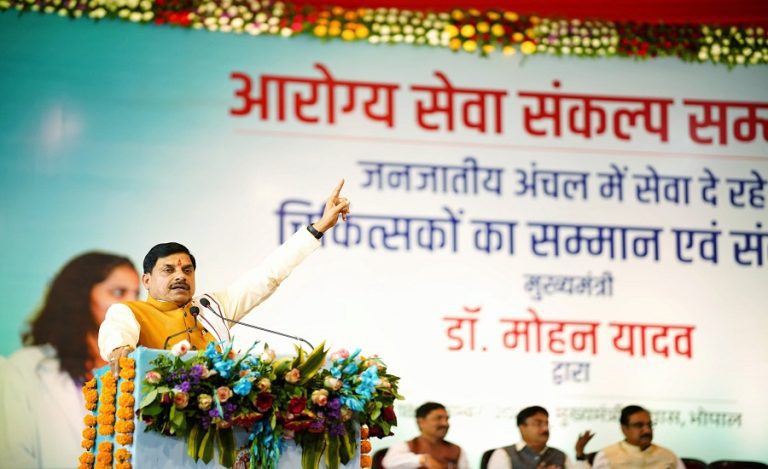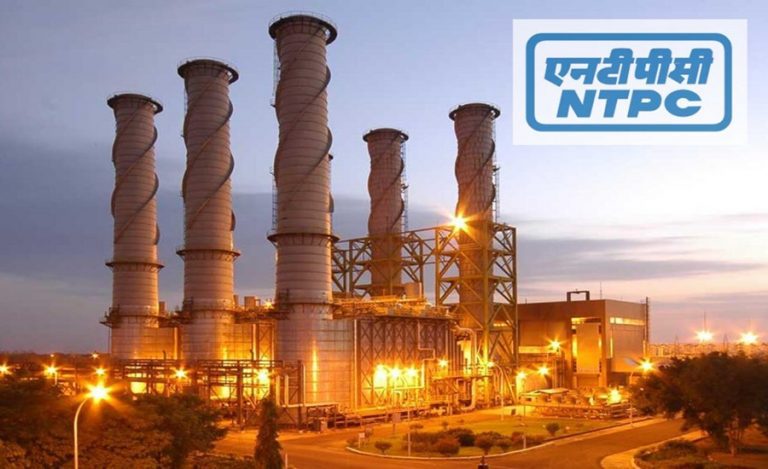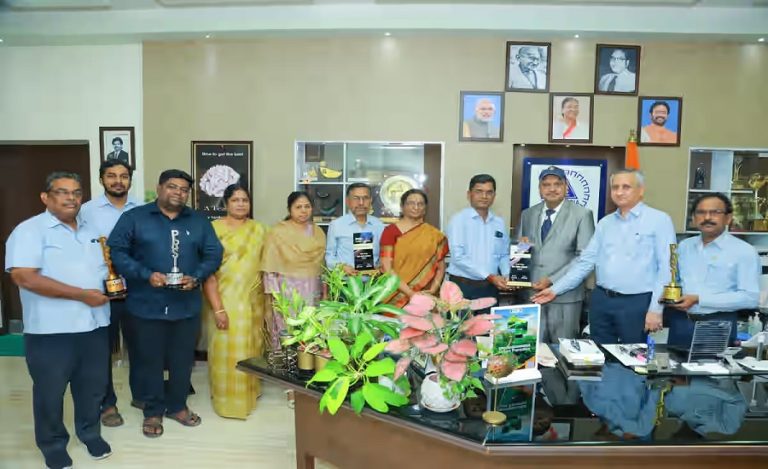New Delhi: In a bold and ambitious move, India is setting aside ₹654 billion (around US $7.44 billion) over the coming decade to procure and produce engines for a new generation of fighter aircraft. This marks a major pivot toward self-reliance in critical aerospace propulsion and aligns closely with the Atmanirbhar Bharat vision in defense manufacturing.
The Big Picture: Importance of $7.4 Billion for Fighter Jet Engines
India’s air power ambitions are growing. To support diverse fighter jet programmes—including Tejas MK-1A/MK-2 and the futuristic AMCA (Advanced Medium Combat Aircraft)—the country estimates it will need around 1,100 engines by 2035. Historically, indigenous engine development has lagged in India, most notably the Kaveri turbofan program, which has faced persistent technical challenges in thrust, reliability, and high-altitude performance.
Read also: Kerala Hosts 214th SPARSH Outreach: Empowering Defence Pensioners and Honouring Veer Naris
With this new investment, the government aims to break decades of overdependence on imports, strengthen the domestic industrial ecosystem, and foster collaborations with global propulsion giants.
Breaking Down the $7.4 Billion for Fighter Jet Engines
Procure & Co-develop: A portion will be used to procure foreign or licensed engines where needed, while another will back co-development with foreign partners.
Ecosystem building: High-altitude test facilities, precision manufacturing units, advanced materials research labs, and turbine blade production centers are all key infrastructure goals.
Private sector entry: For the first time, private Indian companies may bid alongside state-run HAL as engine and aircraft manufacturing opens up.
AMCA & next-gen engines: India is exploring co-development partnerships for stealth fighter engines and scaling up indigenous content even in co-developed variants.
Global Players Eye the Opportunity
Global engine makers like Safran (France), Rolls-Royce (UK), and General Electric (USA) are said to be in discussion with India’s defence agencies for possible collaboration. Their involvement could help India leapfrog certain technology gaps and also bring in global best practices.
Challenges & Risks
Technical complexity: Jet engine development is among the highest-technology undertakings. Even advanced nations struggle with durability, thrust-to-weight ratio, thermal management, and reliability.
Supply chain readiness: Precision materials and parts, highly specialized manufacturing, and rigorous testing demand a mature supply base, which will need decades to evolve.
Funding discipline: Sustained investment over 10+ years is essential; delays or cuts could derail progress.
Balancing imports vs induction: The transition phase will see a mix of imports, licenses, and indigenous engines—ensuring compatibility with multiple aircraft types will be tricky.
Strategic Implications of $7.4 Billion for Fighter Jet Engines
Reducing import dependence will improve India’s strategic autonomy in times of crisis.
Opening up private sector participation can catalyse innovation, speed, and scale. Success in engine development may pave the way for exporting propulsion systems, turning India from a buyer to a supplier.
It strengthens India’s hand in future aircraft procurement decisions and helps the AMCA project materialize with better indigenous content.
The Road Ahead
The first prototype AMCA is expected to roll out around 2028, and its success will heavily hinge on this engine vision. If India can deliver, this ₹654 billion bet could reshape its defence landscape, put the domestic aerospace industry onto a global stage, and further the mission of making India a defence export hub.

